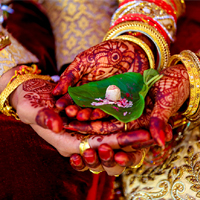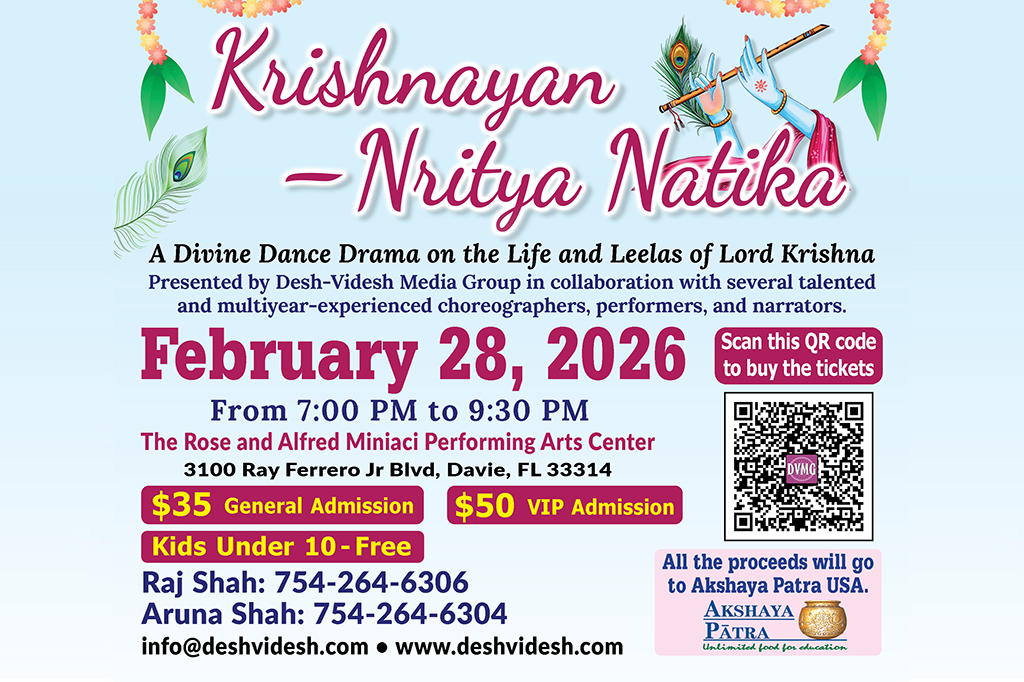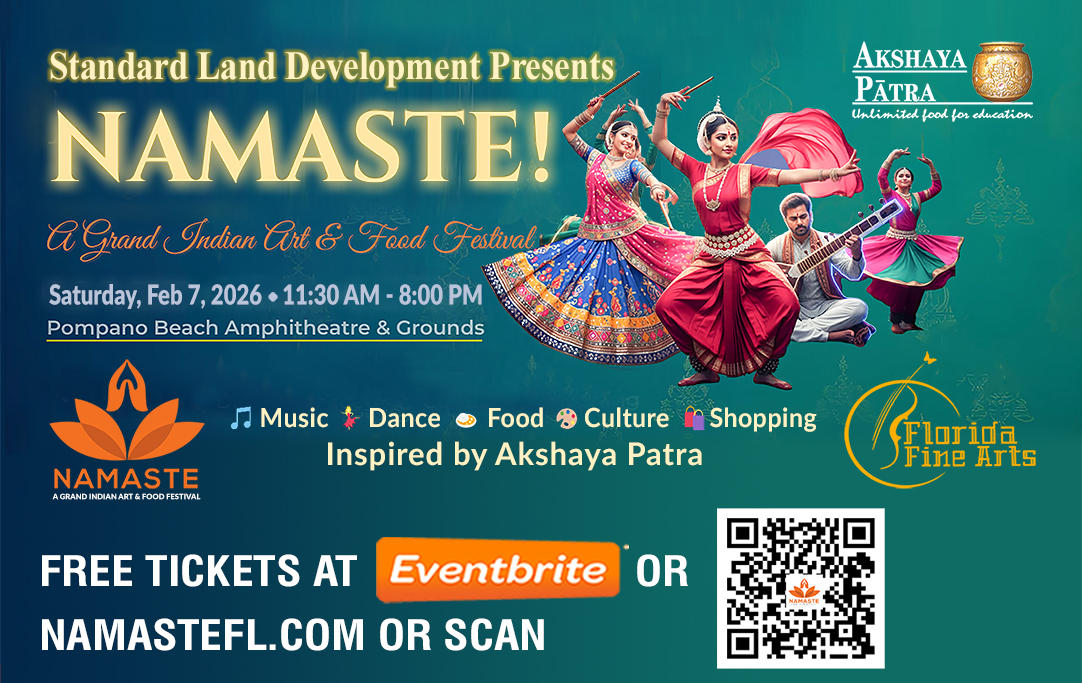Hindu Wedding Rituals in the U.S.: Honoring Traditions, Embracing New Beginnings
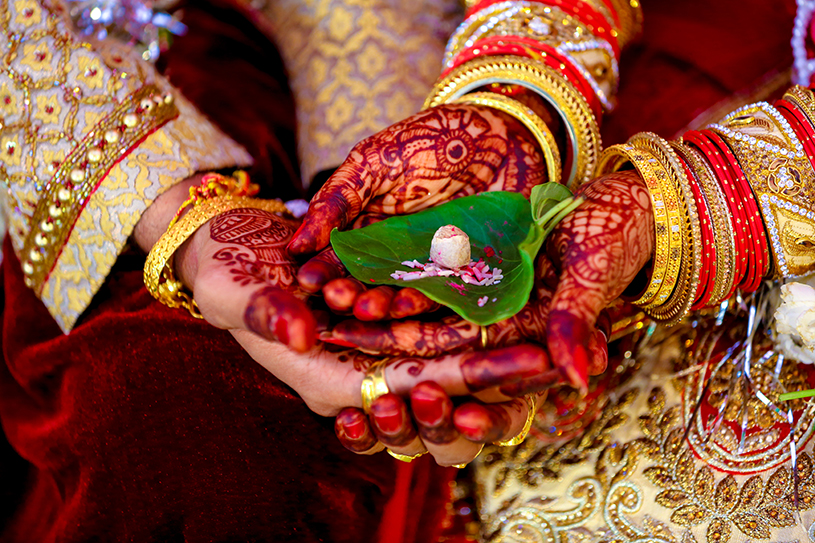 By Raj Shah
By Raj Shah
Hindu weddings, known for their color, complexity, and cultural depth, are among the most sacred life events in Sanatan Dharma. Rooted in Vedic rituals and philosophical ideals, these ceremonies symbolize the union of two souls and two families—bound not just by affection, but by dharma, karma, and shared destiny. In the United States, Hindu-American couples are beautifully blending age-old traditions with the rhythms of modern American life. The result is a remarkable fusion where rituals are not just preserved—they are reinterpreted, personalized, and joyfully passed on to the next generation.
A Journey that Begins with Sacred Intent
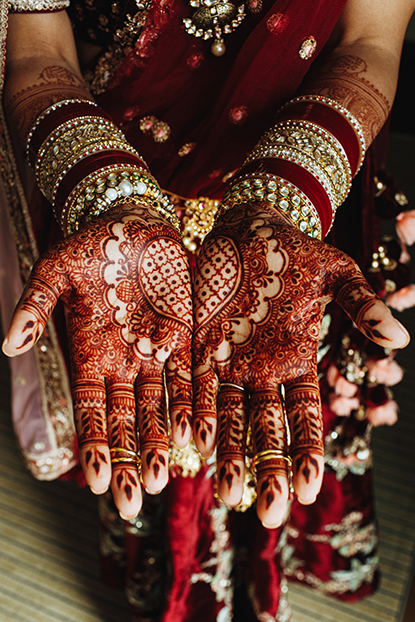
A typical Hindu wedding in the U.S. begins with pre-wedding rituals that formally declare the alliance between families. The Roka or Gor Dhana, often seen as the first public step, traditionally takes place in the groom’s home. In the American context, it might be hosted in a banquet hall or even online, allowing extended family in India to participate virtually. Still, core offerings—like jaggery, coriander seeds, and coconut—remain unchanged, preserving their auspicious symbolism.
The Haldi ceremony follows—a ritual of purification where a turmeric paste is applied to the bride and groom. Traditionally held separately, it is now often celebrated jointly, turning into a lively, music-filled gathering. Eco-conscious couples in the U.S. are increasingly using organic turmeric, biodegradable decor, and even spa-grade ingredients, aligning the ritual with modern wellness values.
Next comes the Mehndi and Sangeet, traditionally women-focused events now expanded to include the entire wedding party. Mehndi artists adorn the bride’s hands and feet with intricate henna, while family and friends rehearse dance performances for the Sangeet—a musical night of laughter, choreography, and storytelling. These events, sometimes held in upscale American venues, retain the spirit of joy and unity central to Hindu culture.
The Wedding Day: A Blend of Devotion and Celebration
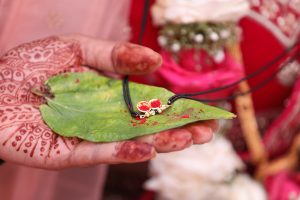 The wedding day begins with the Ganesh Puja, an invocation to Lord Ganesha to remove obstacles. Whether conducted by priests flown in from India or joined via livestream, this ritual grounds the ceremony in sacred intention.
The wedding day begins with the Ganesh Puja, an invocation to Lord Ganesha to remove obstacles. Whether conducted by priests flown in from India or joined via livestream, this ritual grounds the ceremony in sacred intention.
The groom’s Baraat, a jubilant procession to the wedding venue, is one of the most visual and adaptive aspects of Hindu weddings in America. While horses and elephants may be rare, grooms have arrived in everything from vintage cars to helicopters. Dhol drummers meet hip-hop beats, transforming hotel parking lots into cultural carnivals.
Upon arrival, the Milni ceremony symbolizes the merging of two families, with garlands, warm embraces, and often playful banter exchanged between elders.
At the heart of the Hindu wedding is the Mandap—a four-pillared canopy representing the home the couple will build together. Mandaps in the U.S. are increasingly designed to reflect both Indian and Western aesthetics, blending marigolds and roses, silk and chiffon, sacred fire and LED lighting. Here, core rituals unfold with solemnity and beauty:
- Kanyadaan: The bride’s parents offer their daughter to the groom, entrusting her future into his care.
- Hast Milap: The couple’s hands are tied with a sacred cloth, symbolizing their bond.
- Mangal Pheras: The couple circles the sacred fire seven times, each round sealing a vow for married life.

The Saptapadi, or Seven Steps, is perhaps the most spiritually resonant moment. Each step corresponds to a vow: nourishment, strength, prosperity, family, mutual respect, health, and friendship. In the U.S., bilingual commentaries often accompany this ritual, helping both Indian and non-Indian guests appreciate its timeless significance. Couples sometimes personalize the vows, adding themes like equality, environmental stewardship, or career partnership.
The groom then performs Mangalsutra Dharan—tying a sacred necklace around the bride’s neck—and applies Sindoor (vermilion) to her hairline, signifying her status as a married woman.
Emotional Farewells and New Beginnings
The wedding concludes with the Vidaai, an emotional farewell as the bride leaves her parental home. While this ritual has modernized with limousine exits and professional photography, the emotional gravity remains. Rice is tossed, tears are shed, and blessings flow as the bride departs.
The Griha Pravesh, or bride’s first entry into her new home, is often adapted to contemporary spaces—apartments, townhouses, or suburban homes—but retains its traditional symbolism. The bride gently kicks over a pot of rice and enters with her right foot, invoking prosperity and auspiciousness. Elders in India often join via video calls, witnessing the moment across time zones and oceans.
Tradition Meets Innovation: A Harmonious Evolution
Hindu weddings in the U.S. have become powerful expressions of how tradition can evolve without compromise. Couples and families are taking intentional steps to preserve the sanctity of the rituals while adapting to logistical, cultural, and environmental realities.
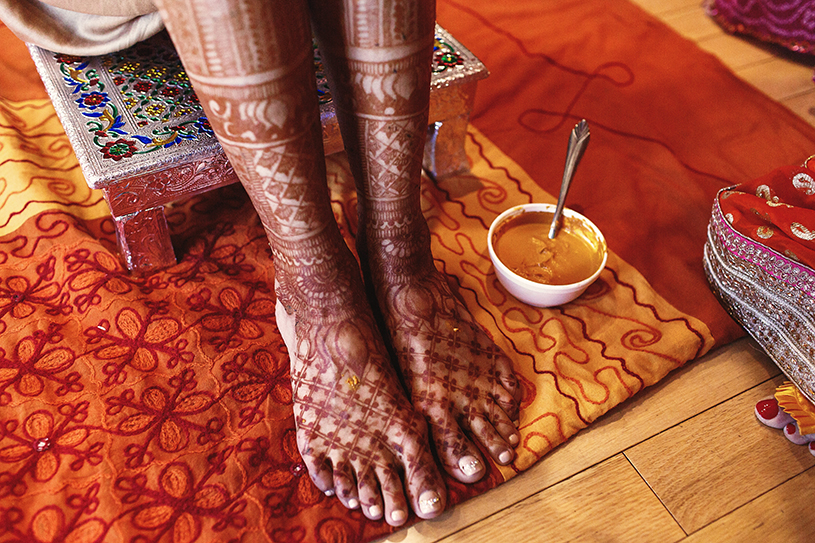
1. Condensed Celebrations
Given busy schedules and geographic dispersal, many Hindu-American weddings condense multi-day events into one or two days. Yet each essential ritual is preserved, ensuring nothing sacred is lost.
2. Interfaith and Intercultural Inclusion
As more Hindu-Americans marry across religious and cultural lines, weddings often include blessings or readings from other traditions—such as Torah verses, Christian prayers, or universal vows—alongside the Bhagavad Gita. This inclusivity does not dilute Hindu customs but enhances the ceremony’s richness.
3. Tech-Enabled Participation
Post-pandemic, live streaming is now common. Priests conduct pujas via Zoom, relatives in India join ceremonies in real time, and digital invitations reduce waste—blending devotion with digital convenience.
4. Eco-Conscious Ceremonies
Inspired by dharma and ahimsa, many couples now embrace green weddings—using biodegradable materials, energy-efficient lighting, and sustainable catering.
A Living Tradition in a New Land
In the diverse and dynamic landscape of the United States, the Hindu wedding is not just a cultural transplant—it is a thriving, evolving, and deeply spiritual celebration of love and lineage. From the sacred fire under the Mandap to the bittersweet rituals of farewell, these ceremonies reflect a beautiful balance: honoring the past while joyfully embracing the present.
As Hindu-Americans craft new traditions on old foundations, they offer a compelling truth—samskaras (life rites) are not fixed relics but living embodiments of dharma, adaptable yet eternal. These weddings are not only preserving a rich heritage but are reshaping it for generations to come—woven with care, lit with wisdom, and celebrated with love.
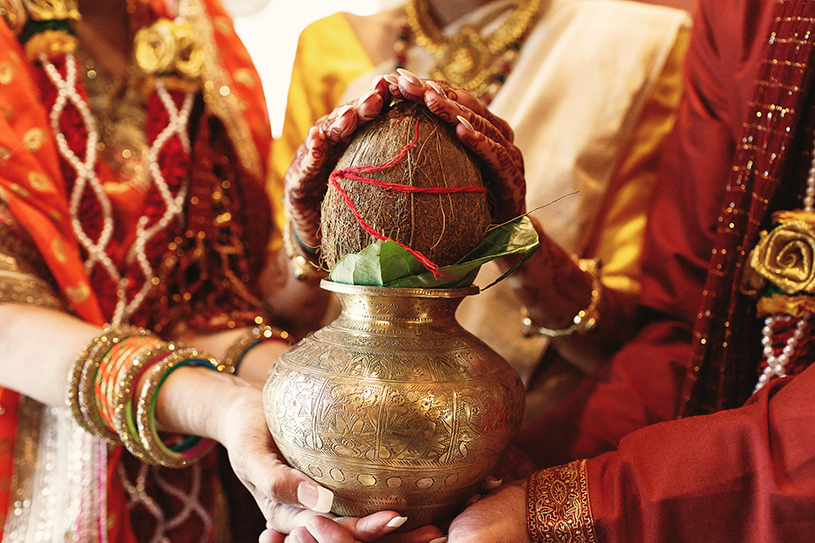
Key Hindu Wedding Rituals and Their Meanings
|
Below are the core rituals observed across most Hindu weddings, regardless of regional differences:
|
About the Author:

A software engineer by profession, Indian culture enthusiast, ardent promoter of hinduism, and a cancer survivor, Raj Shah is a managing editor of Desh-Videsh Magazine and co-founder of Desh Videsh Media Group. Promoting the rich culture and heritage of India and Hinduism has been his motto ever since he arrived in the US in 1969.
He has been instrumental in starting and promoting several community organizations such as the Indian Religious and Cultural Center and International Hindu University. Raj has written two books on Hinduism titled Chronology of Hinduism and Understanding Hinduism. He has also written several children books focusing on Hindu culture and religion.

